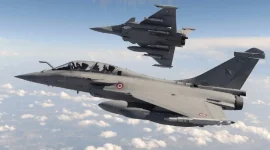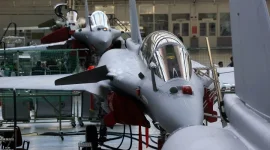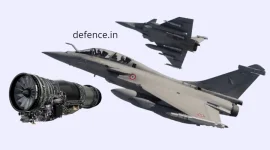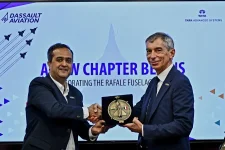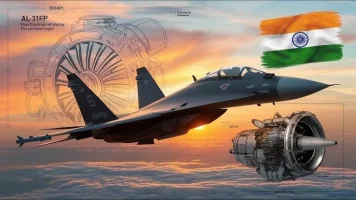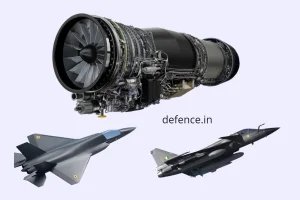- Views: 3K
- Replies: 45
In a major boost to India's aerospace and defence manufacturing sector, French aviation giant Dassault is reportedly in advanced negotiations to produce the wings for its Rafale fighter jets in India.
This development comes shortly after a landmark agreement was signed to manufacture the aircraft's complete fuselage locally, signalling a deepening of industrial partnership as Dassault competes for a major Indian Air Force contract.
The move follows the formalisation of four Production Transfer Agreements on June 5, 2025, which designated Tata Advanced Systems Limited (TASL) as the manufacturer for the entire fuselage of the Rafale jet. This historic deal marks the first time these critical airframe sections will be produced outside of France.
By 2028, TASL’s advanced facility in Hyderabad is expected to deliver two complete fuselage sets per month, comprising the front, central, rear, and lateral shell sections. This collaboration is seen as a significant achievement for the government's "Make in India" and Atmanirbhar Bharat (self-reliant India) initiatives.
Building on this foundation, industry sources now indicate that Dassault Aviation is close to finalising a deal with a second Indian company for the production of Rafale wings.
While the partner has not been officially named, potential candidates with established expertise in aerostructures include public sector entity Hindustan Aeronautics Limited (HAL) or private firms like Mahindra Aerospace.
The wings are a crucial component, defining the Rafale’s aerodynamic superiority and combat agility, and their production involves highly precise engineering and the use of advanced composite materials.
If the wing manufacturing agreement proceeds, it could result in as much as 60% of the Rafale's total production value being generated within India. This would build upon the existing local manufacturing of other components such as canopies and fuel tanks, creating a robust ecosystem for the fighter jet in the country.
This strategic expansion of manufacturing is closely linked to the Indian Air Force's (IAF) Multi-Role Fighter Aircraft (MRFA) tender, a globally watched procurement program for 114 advanced combat aircraft. By significantly increasing the indigenous production of the Rafale, Dassault strengthens its position in the competitive bidding process.
The IAF already operates a fleet of 36 Rafales, and the Indian Navy is set to receive 26 Rafale-M (Marine) jets by 2030 in a deal valued at approximately ₹63,000 crore.
Furthermore, the integration of indigenous weapon systems, including the Astra beyond-visual-range air-to-air missile and the Rudram-I anti-radiation missile, showcases the platform's adaptability to Indian defence requirements.
Experts believe these developments could be transformative for India's defence industrial base, positioning Hyderabad as a global hub for high-precision aerospace manufacturing.
The new production lines are expected to generate thousands of skilled jobs and support a wider supply chain of micro, small, and medium enterprises (MSMEs).
However, maintaining quality standards equivalent to French production and navigating complex intellectual property rights will remain key challenges.
The scope of technology transfer, particularly concerning sensitive systems like the Rafale's radar and electronic warfare suite, will also be a critical point of discussion in any future agreements.

